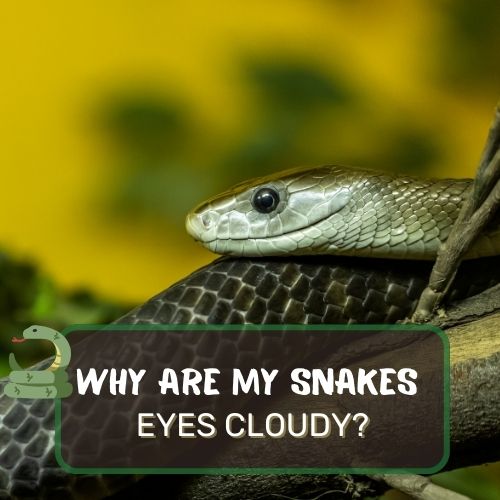
Have you ever wondered, “Why are my snake’s eyes cloudy?” If so, you’re not alone.
Many snake owners encounter this intriguing phenomenon and seek answers.
This article delves deep into the reasons behind a snake’s cloudy eyes, from the natural shedding process to more concerning underlying issues.
We’ve meticulously examined various factors, including the shedding cycle, potential health concerns, and environmental influences.
By reading this comprehensive guide, you’ll gain a clear understanding of what causes cloudy eyes in snakes, how to address them, and how to ensure the overall well-being of your slithering companion.
Dive in to unravel the mystery behind those cloudy eyes!
Table of Contents
Why are my snake’s eyes cloudy? (Blue Phase)
Your snake’s eyes may appear cloudy due to the natural shedding process, specifically during the “blue phase” when a fluid is secreted between the old and new skin layers, causing the eyes to look milky. This cloudiness indicates that the snake is preparing to shed its skin. However, if the cloudiness persists after shedding, it could be due to retained eyecaps, which are the clear scales covering the eyes that didn’t shed properly. Other potential causes include infections, injuries, or age-related changes. It’s essential to monitor the snake and consult a reptile expert if the cloudiness doesn’t resolve after shedding.
The Shedding Process

Snakes, as fascinating as they are, undergo a unique biological process known as shedding. This is when they literally shed off their old skin to make way for a new one. But why do they do this?
Explanation of the snake shedding process
Shedding, or ecdysis as it’s scientifically termed, is a natural process that snakes undergo multiple times a year, especially when they’re young and growing rapidly. This isn’t just about outgrowing an old outfit; it’s about overall health.
As snakes grow, their outer skin layer doesn’t expand or grow with them. Instead, they develop a new layer underneath, and when the time is right, they shed the old one.
During this shedding process, you might notice your snake becoming more reclusive or rubbing its body against rough surfaces. This is their way of loosening the old skin.
The significance of the “blue phase” during shedding
One of the most intriguing stages of the shedding process is the “blue phase.” This is when a snake’s eyes turn a milky blue or cloudy color.
It’s not because they’re feeling blue, but because a fluid is secreted between the old and new skin layers to help separate them. This fluid can make their eyes appear cloudy.
After a few days, their eyes will clear up, but the actual shedding is still a few days away. It’s a sign that the big shed is imminent!
Retained Eyecaps

Now, while the “blue phase” is a natural part of the shedding process, sometimes things don’t go as smoothly as nature intended. Enter the issue of retained eyecaps.
What are retained eyecaps?
Eyecaps, or spectacle scales, are the clear scales that cover a snake’s eyes. They’re part of the skin and, like the rest of the skin, they’re shed during the shedding process.
However, sometimes these eyecaps don’t shed off as they should, leading to what’s known as retained eyecaps.
Causes of retained eyecaps
Inadequate humidity
One of the primary culprits behind retained eyecaps is inadequate humidity. Snakes, especially species from tropical and subtropical regions, require a certain level of humidity to shed properly.
If the air is too dry, the old skin, including the eyecaps, may not loosen and shed as it should.
Poor health or underlying conditions
Just like other health issues can affect our skin, snakes too can have shedding problems due to poor health or underlying conditions. Parasitic infections, injuries, or other illnesses can interfere with the normal shedding process.
How to identify retained eyecaps
If you notice that your snake’s eyes remain cloudy even after the rest of the skin has shed, it’s a clear sign of retained eyecaps. The eyes might appear dull, and in some cases, you might even see the outline of the retained eyecap.
The difference between cloudy eyes due to shedding and retained eyecaps
It’s essential to differentiate between the natural “blue phase” cloudiness and retained eyecaps. Remember, the “blue phase” is temporary and occurs before the snake sheds.
On the other hand, retained eyecaps are noticeable after the snake has completed shedding. If the cloudiness persists post-shedding, it’s time to consult with a reptile vet or take measures to assist your snake in shedding its retained eyecaps.
Potential Risks of Cloudy Eyes
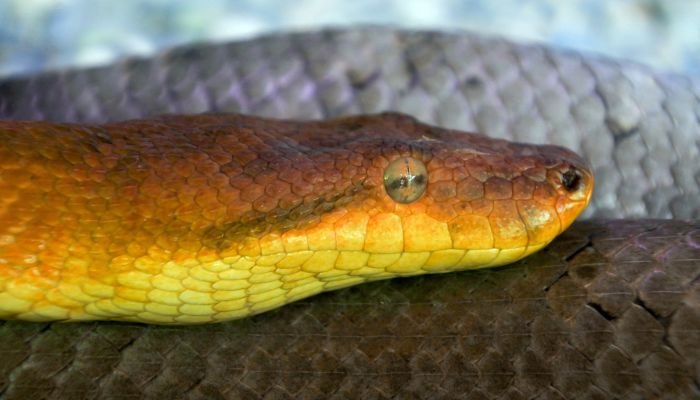
When it comes to our slithering companions, their eyes are more than just windows to their souls. They’re vital for their daily activities and overall well-being.
But what happens when these windows get clouded?
Vision impairment and its effects on the snake’s behavior
A snake’s vision is crucial for various activities, from hunting prey to navigating its environment. When a snake has retained eyecaps, its vision can become impaired.
This isn’t just a minor inconvenience for them. Imagine trying to navigate your world with a constant fog before your eyes!
This vision impairment can lead to noticeable behavioral changes. A snake might become more reclusive, hesitant, or even aggressive due to the frustration of not seeing clearly.
They might miss their prey more often or become more startled by sudden movements.
The risk of infections or complications if not addressed
Retained eyecaps aren’t just a cosmetic issue. Over time, if they’re not addressed, they can lead to more severe complications.
The space between the retained eyecap and the new one can become a breeding ground for bacteria, leading to infections. In severe cases, this can cause ulcers or even permanent damage to the eye.
Treatment and Solutions
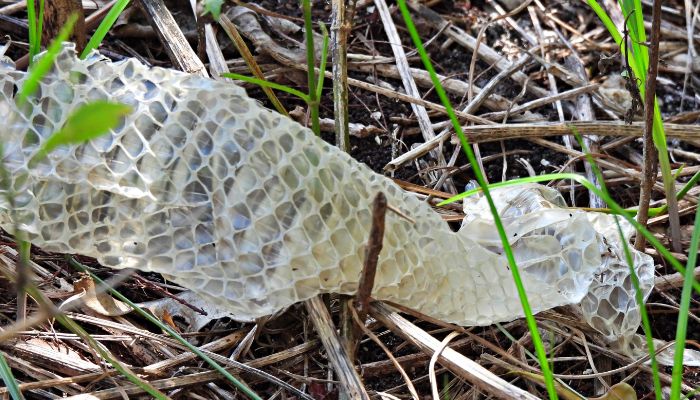
So, what can you do if your snake has cloudy eyes post-shed? Don’t panic; there are several ways to help.
The importance of checking the shed for eyecaps
First and foremost, always inspect the shed skin. It’s like a health report card for your snake. By checking the shed, especially the head area, you can quickly determine if the eyecaps have been shed or if they’re retained.
Methods to assist in the removal of retained eyecaps
Increasing humidity
As mentioned earlier, adequate humidity is crucial for a successful shed. If you suspect retained eyecaps, try increasing the enclosure’s humidity. This can often help in loosening the eyecaps for the next shed.
Warm water soaks
A gentle warm water soak can work wonders. Place your snake in a shallow container with warm water, ensuring it’s not too hot. This can help soften the retained eyecap, making it easier to shed.
Using a damp pillowcase or shipping bag
Another method is to place your snake in a damp pillowcase or shipping bag for about half an hour. The combined effects of humidity and the gentle rubbing against the fabric can help remove the retained eyecaps.
Gentle rubbing with rubber thimbles
If the above methods don’t work, you can try gently rubbing the eye with a rubber thimble. However, be extremely cautious. Ensure you’re not applying too much pressure, as this can harm the eye.
When to seek professional help or advice
If you’ve tried the above methods and the eyecaps still remain, or if you notice signs of infection or distress in your snake, it’s time to consult a professional.
A reptile veterinarian will have the tools and expertise to address the issue safely.
In the end, the key is observation and prompt action. By understanding the shedding process and being proactive in your snake’s care, you can ensure they remain healthy and happy.
Prevention
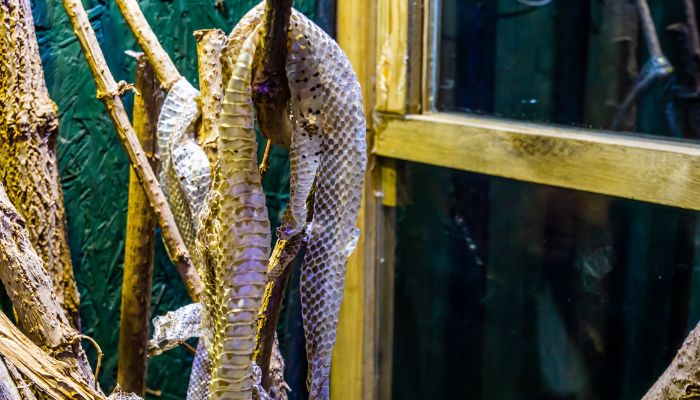
While addressing the issue of cloudy eyes in snakes is essential, prevention is always better than cure. Ensuring that your snake doesn’t face this issue in the first place can save both you and your pet a lot of stress.
So, how can you prevent cloudy eyes in snakes?
Maintaining proper humidity levels
Humidity plays a pivotal role in a snake’s shedding process. Different snake species require varying levels of humidity, but it’s crucial to ensure that the humidity level in their enclosure matches their natural habitat.
Invest in a good quality hygrometer to monitor the humidity levels. If you find the humidity dropping, consider adding a larger water dish, misting the enclosure, or using a humidifier.
Regular health checks and understanding your snake’s shedding cycle
Being attuned to your snake’s behavior and health is vital. Regularly inspect your snake for any signs of retained shed or other health issues.
Understanding their shedding cycle can also help you anticipate and prepare for their next shed, ensuring it goes smoothly.
The role of diet and overall health in preventing cloudy eyes
A snake’s diet plays a significant role in its overall health and, by extension, its shedding process. Ensure your snake is getting a balanced diet appropriate for its species.
Malnutrition can lead to various health issues, including problematic sheds. Additionally, always ensure they have access to fresh water.
Other Potential Causes of Cloudy Eyes
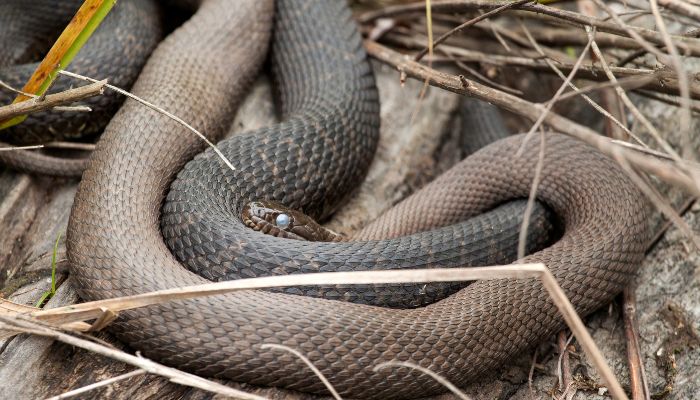
While retained eyecaps during shedding are a common reason for cloudy eyes in snakes, they aren’t the only cause. It’s essential to be aware of other potential reasons to ensure your snake gets the right care.
Infections or diseases
Just like humans, snakes can also suffer from eye infections or diseases. If you notice persistent cloudiness, discharge, or swelling around the eyes, it could be a sign of an infection.
These infections can result from bacteria, fungi, or even parasites.
Injuries or trauma
Accidents happen. Your snake might injure its eye while exploring its enclosure or during feeding. Such injuries can lead to cloudiness or other visible eye issues.
Always ensure that the enclosure is free from sharp or potentially harmful objects.
Just as our vision can deteriorate with age, older snakes might also experience changes in their eyes. While this is natural, it’s essential to differentiate between age-related changes and potential health issues.
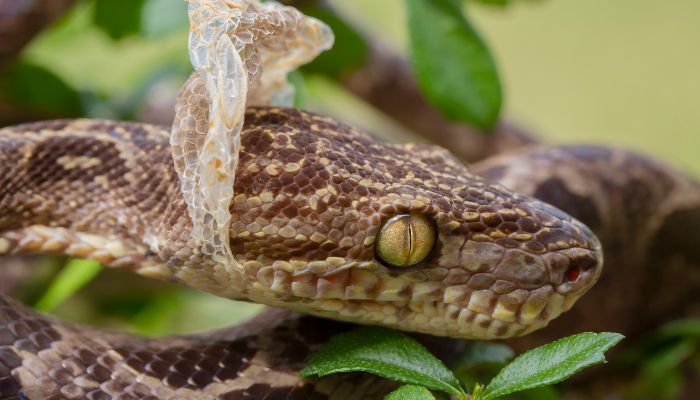
Conclusion
Navigating the world of snake care can be both rewarding and challenging. One of the most intriguing yet concerning aspects for many snake owners is the phenomenon of cloudy eyes.
As we’ve delved into, this can be a natural part of the shedding process or an indication of underlying issues.
Recap of the importance of understanding and addressing cloudy eyes in snakes
Understanding the reasons behind your snake’s cloudy eyes is paramount. Whether it’s the natural “blue phase” of shedding, retained eyecaps, or more severe issues like infections or injuries, being informed allows you to take the best course of action.
Encouragement for snake owners to be observant and proactive in their pet’s health
To all the snake enthusiasts out there, your observant eyes and proactive care can make a world of difference in your pet’s life. Stay curious, stay informed, and always prioritize your snake’s well-being.
Frequently Asked Questions
What to do if my snake’s eyes are cloudy?
First, determine the cause. If it’s part of the shedding process, ensure the environment is conducive for a successful shed. If the cloudiness persists post-shedding or if there are other signs of distress, consult a reptile veterinarian.
Why does my snake’s eyes look cloudy?
The most common reason is the shedding process, specifically the “blue phase.” However, retained eyecaps, infections, injuries, or age-related changes can also cause cloudiness.
Should I feed my snake when its eyes are cloudy?
It’s best to avoid feeding your snake during the “blue phase” of shedding. Their vision is impaired, making them more likely to strike inaccurately or become stressed. Wait until after they’ve completed shedding.
How long does it take a snake to shed once eyes are cloudy?
After the “blue phase,” it typically takes a snake anywhere from a few days to a week to start shedding. The entire shedding process can vary based on the snake’s age, species, and health.
How do you treat a snake’s eye infection?
If you suspect an eye infection, it’s crucial to consult a reptile veterinarian. They can provide appropriate treatment, which may include antibiotic or antifungal eye drops. Always avoid self-diagnosing or treating without professional guidance.
In the end, the journey with your snake is filled with learning experiences. Embrace them, and you’ll find the bond with your reptilian friend growing stronger every day.

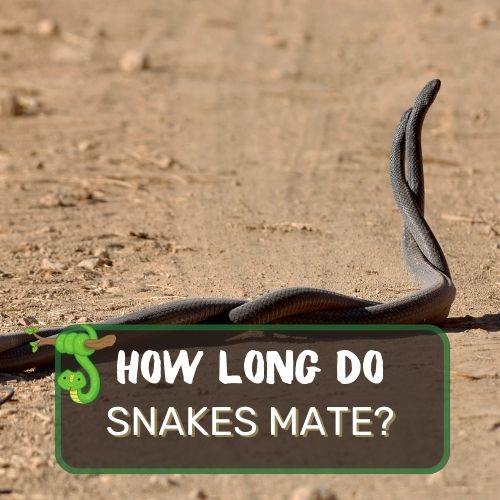
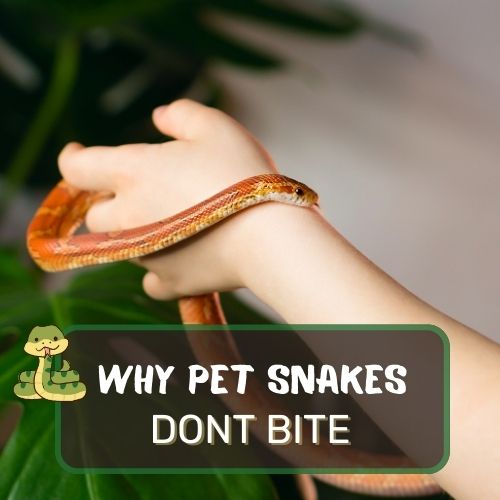
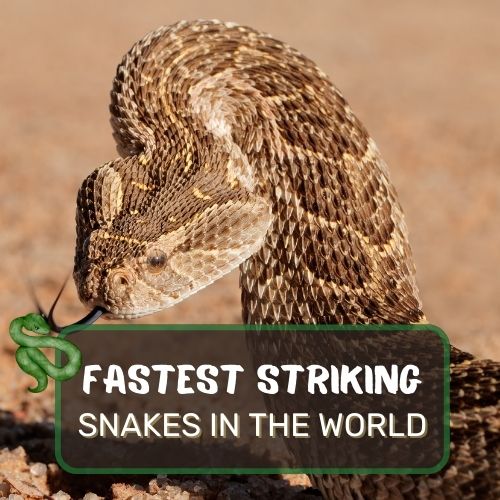
0 Comments